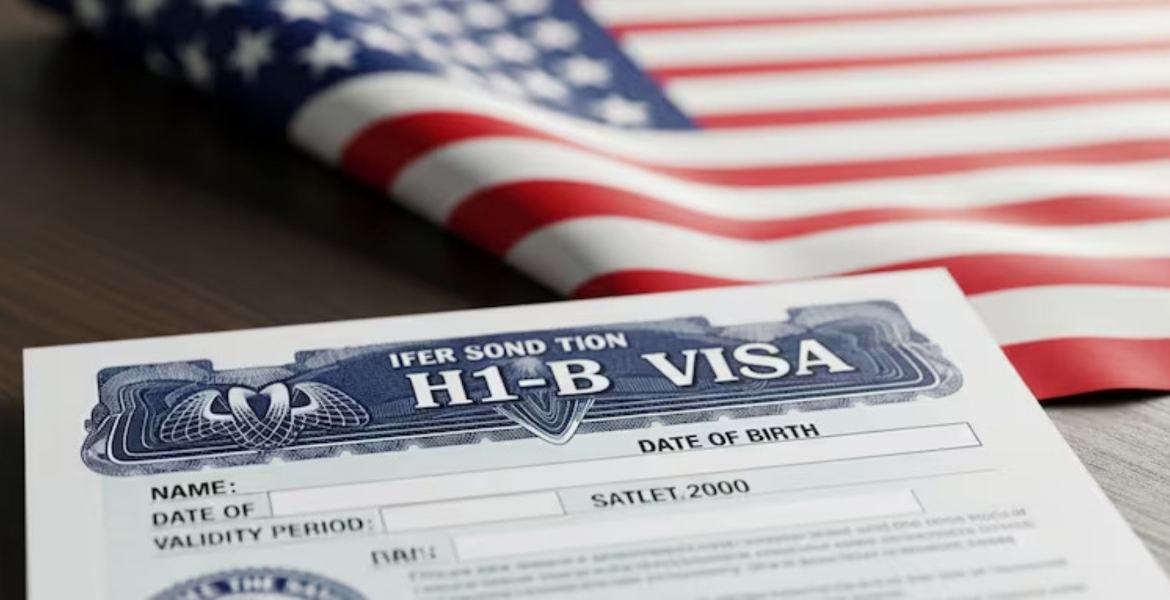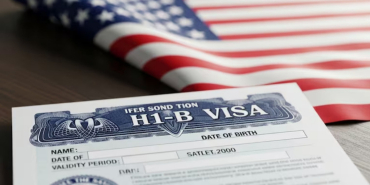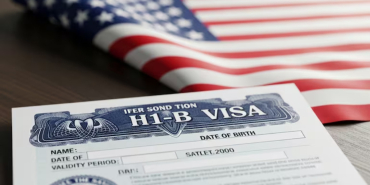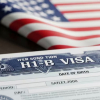Cap-Exempt H-1B Employers Avoid Lottery but Must Submit Labour Condition Application

The H-1B visa programme remains a key channel for employing skilled foreign workers in the United States, with around 500,000 individuals currently working across sectors such as technology, healthcare, education, and research.
Designed to help US employers fill roles requiring specialised knowledge, the H-1B visa allows them to hire professionals with advanced qualifications. While commonly linked to the tech industry, recent figures show that more than one-third of H-1B holders work in other fields, including medicine, academia, and religious services.
Each year, the US Citizenship and Immigration Services (USCIS) is authorised to issue up to 65,000 regular H-1B visas, with an additional 20,000 set aside for applicants holding a US master’s degree or higher. This annual limit of 85,000 visas has remained unchanged, despite increasing demand and calls for policy reform.
Beyond this cap, a substantial number of foreign professionals are employed through cap-exempt categories. Institutions such as universities, non-profit hospitals, affiliated primary and secondary schools, and government research organisations may sponsor H-1B workers at any time, without being subject to the annual lottery.
These employers must demonstrate their exemption status when filing petitions.
Regardless of whether a petition is cap-subject or cap-exempt, the process begins with a certified Labour Condition Application (LCA) from the Department of Labour. The LCA ensures that the job meets prevailing wage requirements and that hiring the foreign worker will not negatively affect US workers.
Employers must then submit Form I-129 to USCIS to formally request H-1B classification for the employee. Applicants already in the United States may change their immigration status to H-1B, while those outside the country generally complete consular processing before travelling. In some cases, even applicants already in the US must undergo consular procedures, such as when renewing documents or re-entering after international travel.
At the border, Customs and Border Protection (CBP) officers review each case to determine if the individual can be admitted. If granted entry, the worker is authorised to begin employment under H-1B status. The initial period of stay is up to three years, with a possible extension of another three years. In some cases, particularly when linked to green card applications, extensions beyond six years may be approved.
The H-1B programme continues to play a central role in the US labour market, particularly in industries that depend on highly specialised talent.








Add new comment